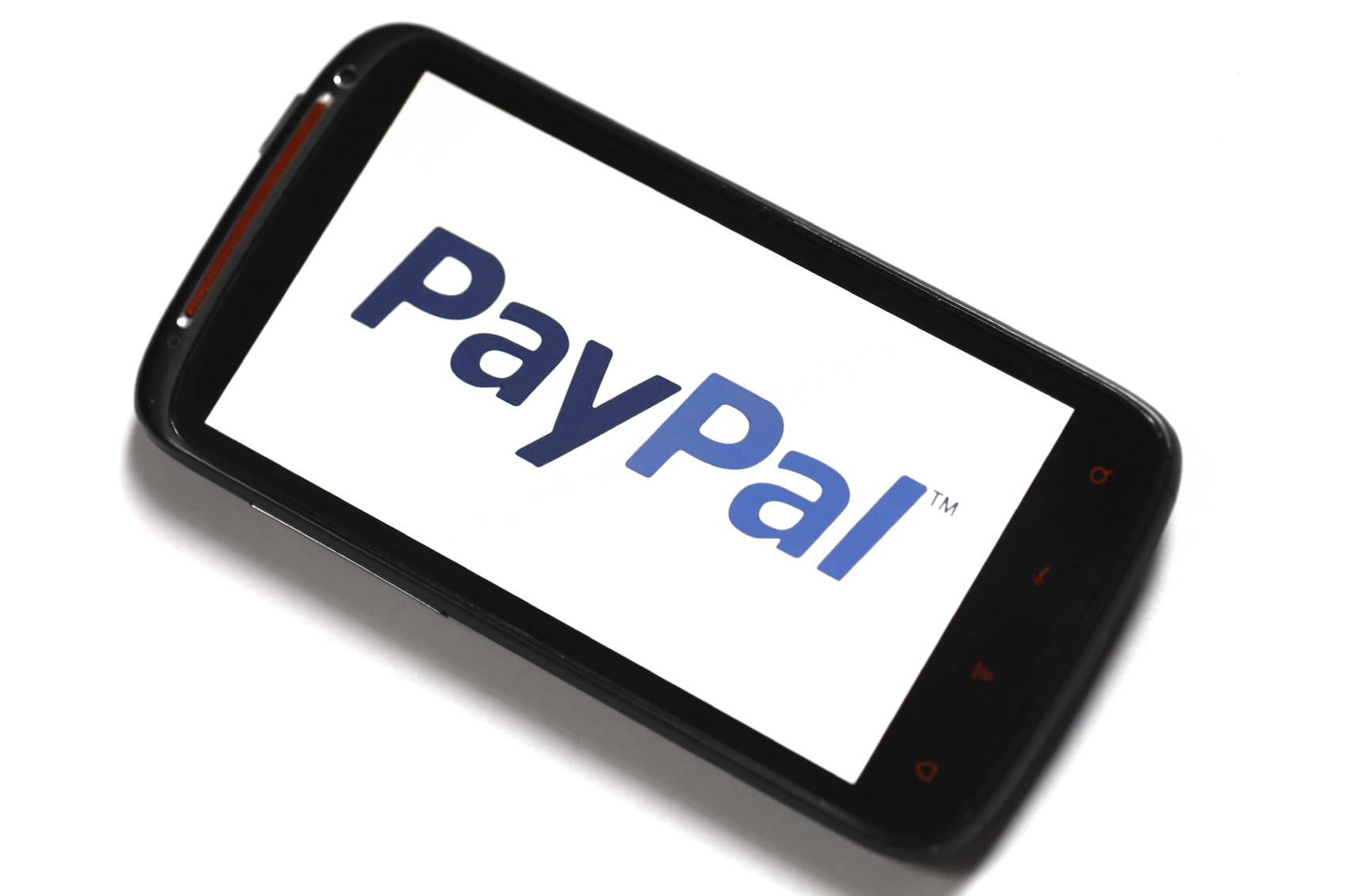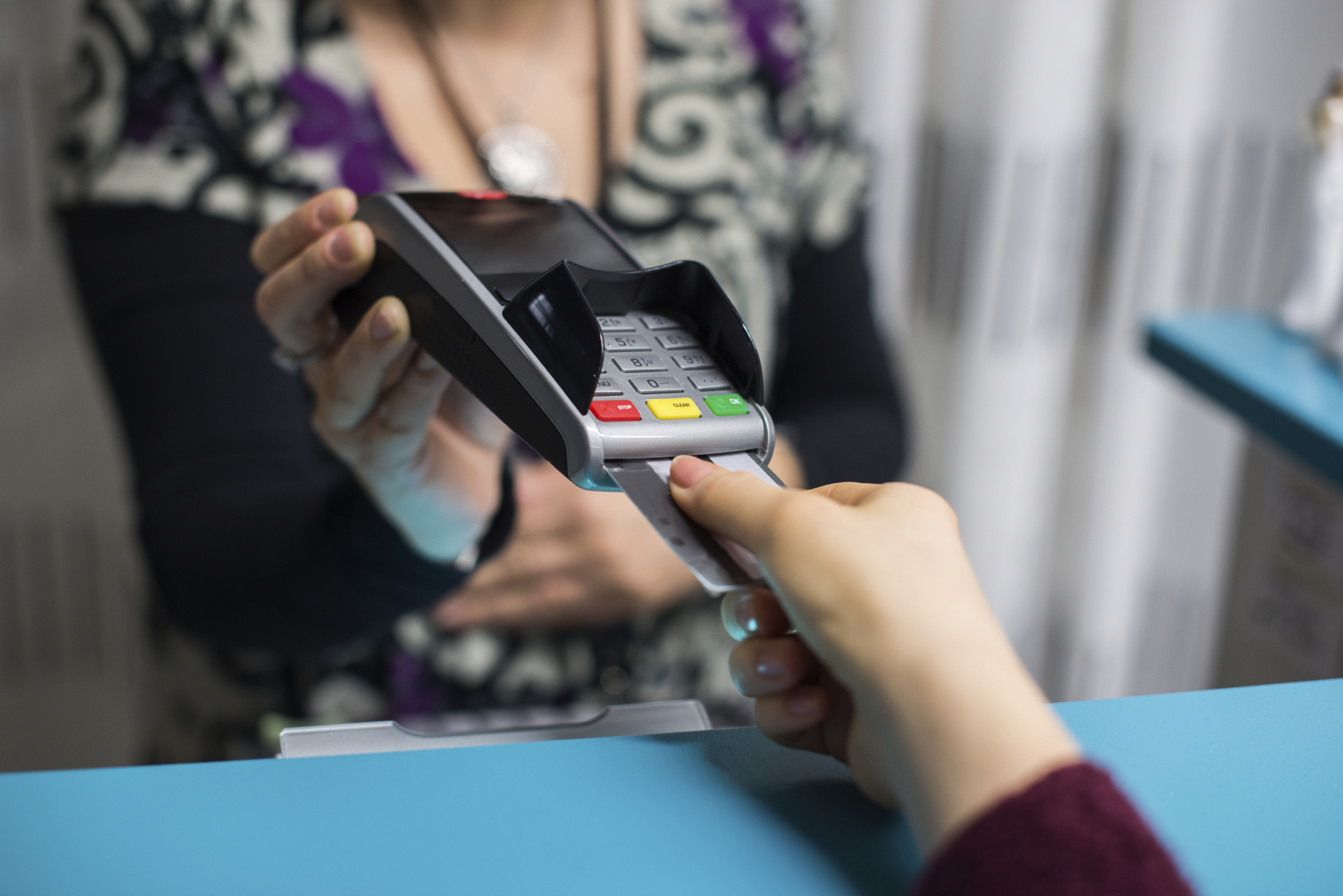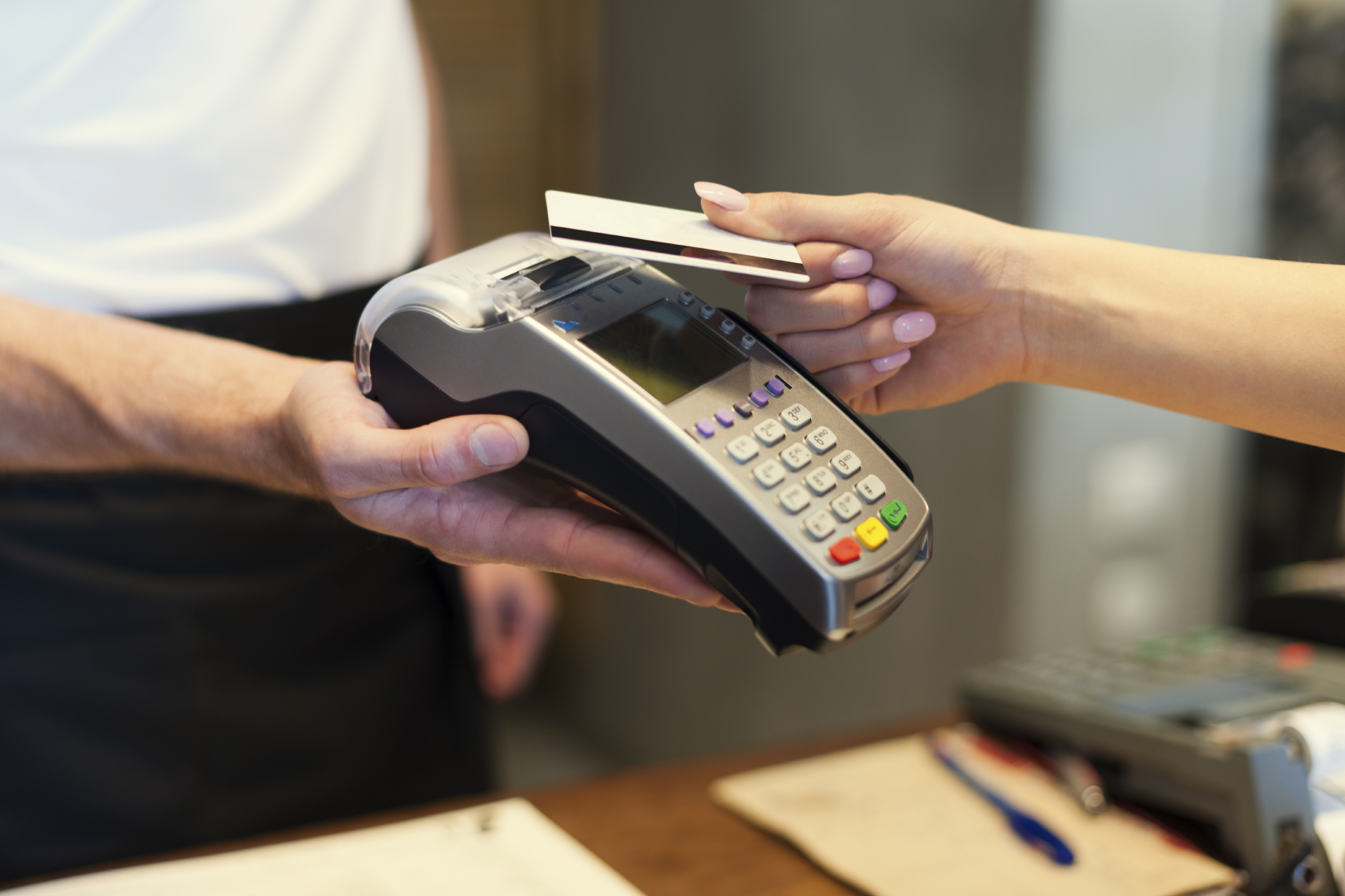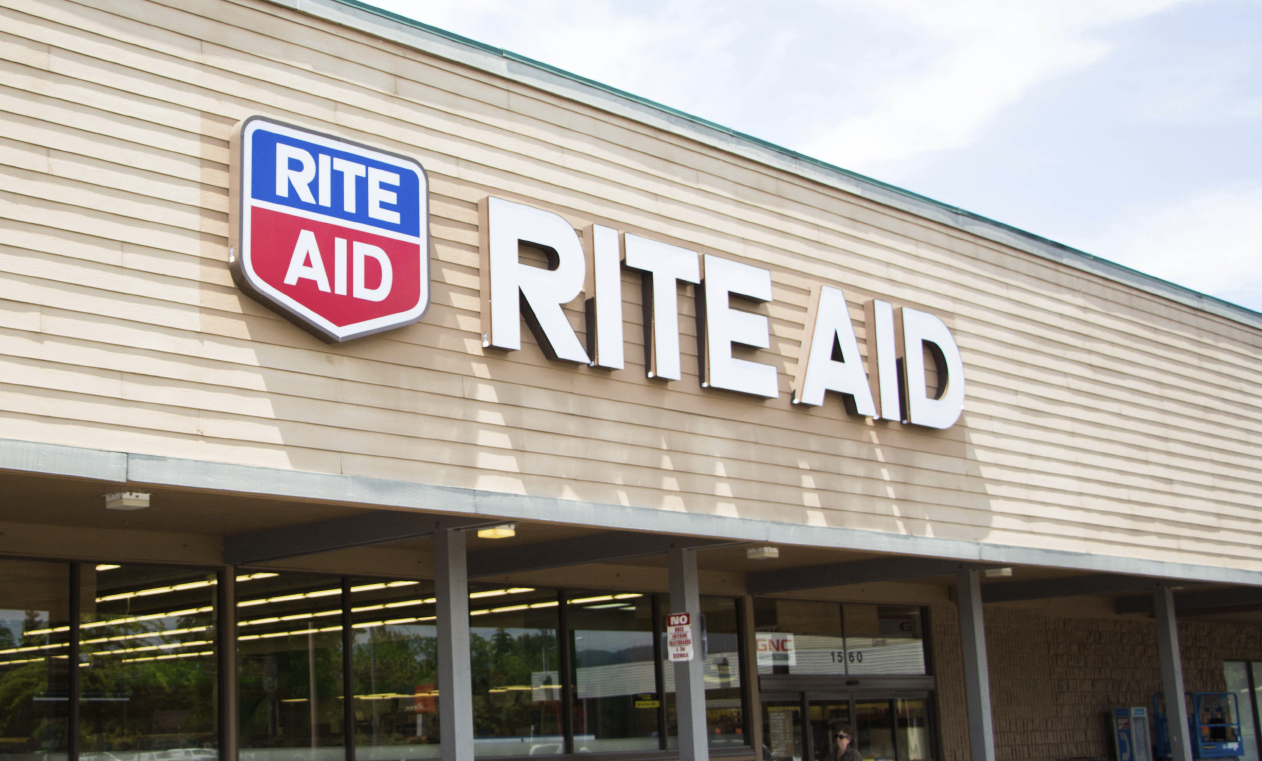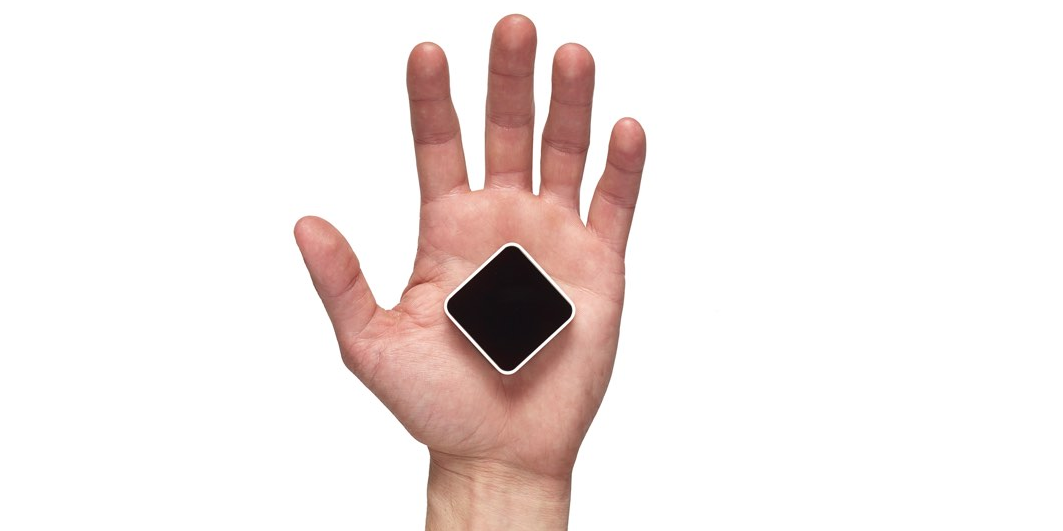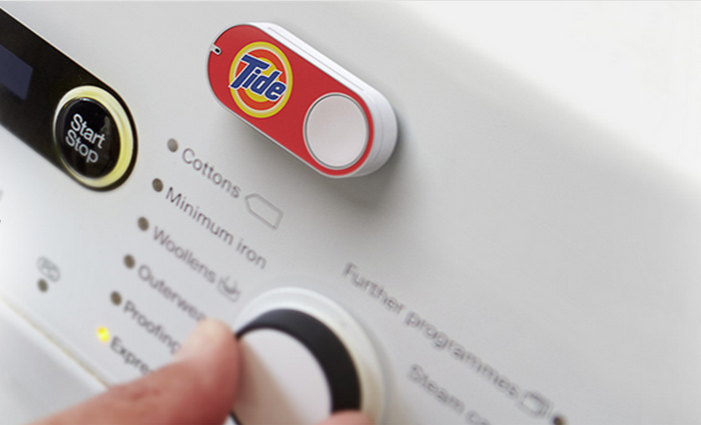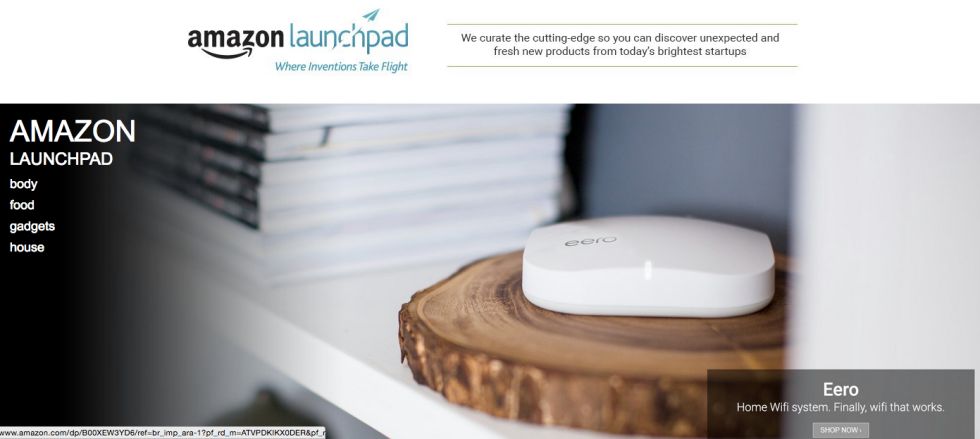What Happened
Earlier today, PayPal announced its acquisition of mobile commerce platform Modest for an undisclosed amount. This marks PayPal’s first acquisition since its split from eBay and signals the digital payment company’s ambition in diving deeper into ecommerce. Modest’s team and capabilities, which includes helping online businesses create their own app or integrate their stores within existing apps, and helping merchants add “buy buttons” into their social channels, will be integrated within PayPal’s Braintree platform, a move which the team described as a “cheat code” to get huge scale.
What Brands Should Do
As more and more consumers warm up to mobile commerce, especially on social channels, brands have to be quick to respond to shifting online shopping behaviors. For example, Pinterest’s newly introduced “Buyable Pins” feature, which uses the Braintree platform, allows users to easily buy products pinned from retailers such as Nordstrom and Neiman Marcus with just a few taps. For brands that aim to create better experiences for their customers on digital platforms, this kind of “contextual commerce” powered by the likes of Modest would be an interesting and potentially rewarding option to explore.
Source: VentutreBeat
